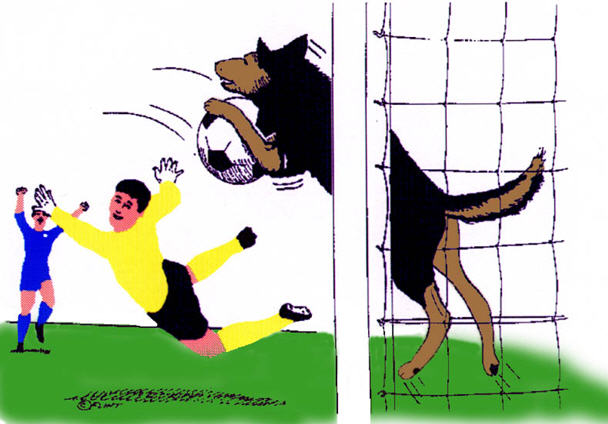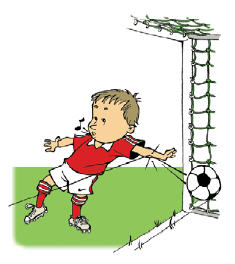If a spectator or other outside agent enters the field and tries to prevent a score, a goal shall be allowed only if the spectator or outside agent never touches the ball
If contact occurs, the referee shall stop the game and restart with a drop ball at the place where the contact or other interference took place (keeping in mind the special circumstances outlined in Law 8)
A goal may not be allowed based on where the ball might have gone in the absence of such contact or interference.


Remember!
- If the ball does not cross the goal line for any reason, a goal cannot be awarded
- Defenders cannot score directly into their own goal from any free kick
- Goal cannot be awarded if the ball is handled illegally
- Most goals win!


